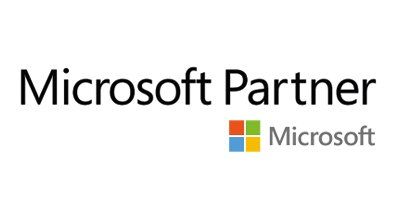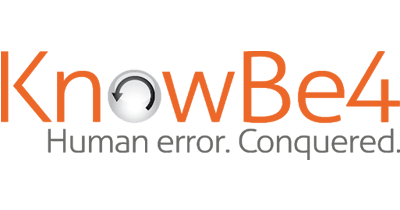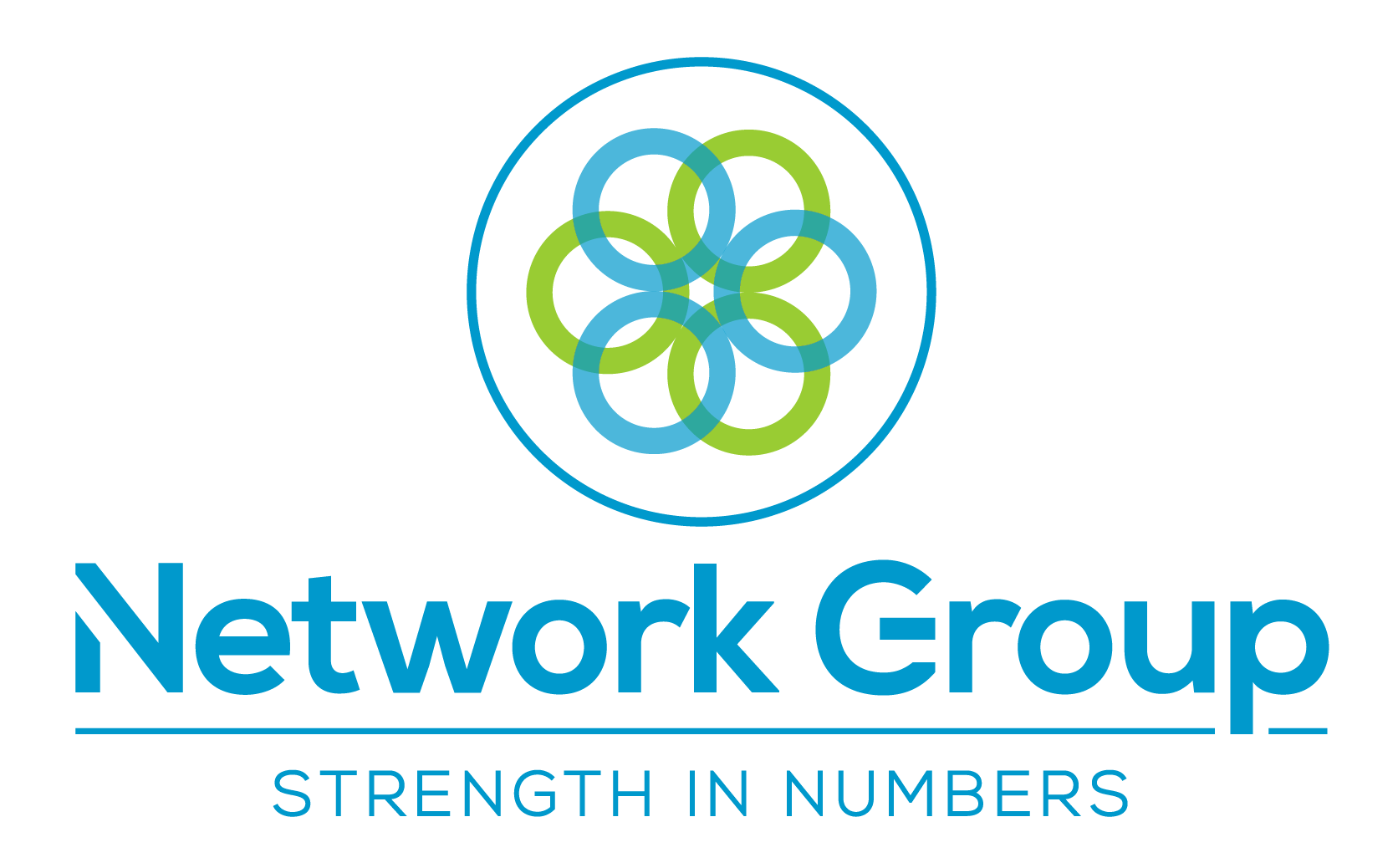Most Common Types of Cyber Attacks/Breaches 2024
The recent Cyber Security Breaches Survey has revealed the most common type of cyber attack for both businesses and charities is Phishing attacks. Check out this blog to see what other types of attacks were high up in the list.

The stats explained
Phishing Attacks: Leading the list, phishing attacks affected 84% of businesses and 83% of charities that experienced a breach. These attacks involve fraudulent emails or websites designed to steal sensitive information, making it a top priority to educate staff on recognising and avoiding phishing scams.
Spoofing Attacks: This is when cybercriminals pose as your organisation or staff in emails or online, and impacted 35% of businesses and 37% of charities who had an attack. This highlights the importance of monitoring and safeguarding your organisation’s online presence.
Malware Attacks: Targeting organisation’s devices with malware such as viruses or spyware affected 17% of businesses and 14% of charities who identified a breach. Implementing strong antivirus software and regular system updates can help mitigate this risk.
Account Takeover Attempts: Attempts to take over website, social media, or email accounts were reported by 8% of businesses and 6% of charities. Using multi-factor authentication and strong, unique passwords can significantly reduce this threat.
Bank Account Hacking: Hacking or attempted hacking of online bank accounts impacted 7% of businesses and 5% of charities that experienced an attack. Ensuring secure access protocols for online banking is crucial for protecting financial assets.
Ransomware Attacks: Ransomware attacks, where devices are locked and data is held hostage, affected 6% of businesses and 3% of charities. Regular backups and employee training on safe browsing practices are key to preventing ransomware.
Other: These include denial of service attacks, unauthorised accessing of files (both internal and external), unauthorised listening into video conferences or instant messaging and other.
So what does this mean for businesses?
The data makes it clear that cyber threats are not only prevalent but also diverse in nature. For businesses, this means that a one-size-fits-all approach to cybersecurity is not good enough. Companies must implement multi-layered security strategies to address these varied threats effectively to protect their data.
- Employee Training: Continuous education on recognising phishing scams and impersonation attempts is crucial. Employees should be aware of the latest tactics used by cybercriminals and how to prevent them.
- Strong Security Protocols: Employ robust antivirus solutions, firewalls, and regular system updates to guard against malware and ransomware. Multi-factor authentication and strong password policies can help prevent account takeovers and hacking attempts.
- Regular Backups: Ensure that data is backed up regularly and securely to recover quickly from ransomware attacks or other data breaches.
- Monitoring and Response: Implement real-time monitoring and have a response plan in place to address any breaches promptly. This reduces the potential impact of an attack on your business operations.
The easiest way to implement all this? Partner with us and pick out of our three package levels depending on your cybersecurity needs and we can implement robust security measures to protect your business. Get in touch now to find out more.
Source: Official Statistics, Cyber security breaches survey 2024, Published 9 April 2024
Join Our Mailing List
All sign-ups are handled inline with our privacy policy and can unsubscribe at any time.
Recent Blogs






















